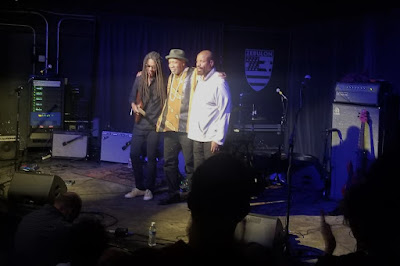Miserere means "have mercy" and, in these particularly troubled times of war, sectional strife, deportations, political assassinations, searing heatwaves as our planet warms, and much else, this recording of Henryk Górecki's choral masterpiece of that name seems particularly timely. The work was composed nearly 45 years ago in response to a militia's violence against a Polish union during the Solidarity movement that began in 1980 and helped lead to the transfer of power from the Soviet-backed Communist government there nine years later.
As the liner notes observe, Górecki usually avoided political and social commentary in his work, but he quickly wrote the piece with a simple five-word text: "Lord our God, have mercy on us." Because of conditions in Poland, the work was not performed until 1987. It is also noted that the "architectural procedure" of "Miserere" is "very close to the canon at the beginning of [his] Third Symphony," which was first performed in 1977 and became a worldwide sensation fifteen years later when Elektra Nonesuch, which issued this recording, released a version that sold more than a million copies.
This blogger attended a live performance of the Third Symphony at the Hollywood Bowl in 1993 and it was a powerful experience. This would almost certainly be the same for "Miserere," which the notes state "demands concentration and thoughtful consideration" because it "is a heartfelt plea for peace and understanding from a composer who believes in the values of personal individuality and compassionate responsibility."
There are three other choral pieces on this 1994 recording, including Górecki's first unaccompanied choral work, "Euntes ibant et flebantm" with quotations from Psalms; "Wislo Moda, Wislo Szara," which is about the great Vistula River; and "Szeroka woda," also based on well-known Polish folk songs. These flow naturally with "Miserere" in terms of the composer's fondness for slower tempos, modal approaches and deep interest in textures that included sustained notes. The Chicago Symphony and Chicago Lyric Opera choruses and, for the Vistula work, the Lira Chamber Chorus, perform with great beauty and sensitivity and this recording has been playing a lot these days as more compassion and mercy are badly needed, for people and for our planet.























.jpg)

